Race and Ethnicity: White - Starting with L
Little Rock Fortifications (Civil War)
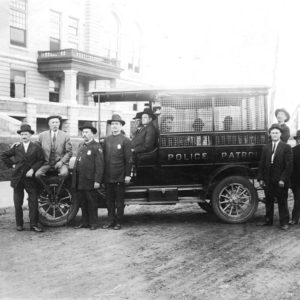 Little Rock Police
Little Rock Police
Little Rock to Bayou Meto and Little Bayou, Scout from
aka: Scout from Pine Bluff to Lewis’ Landing (May 7–11, 1865)
Little Rock to Benton, Expedition from (November 2–3, 1864)
Little Rock to Benton, Scout from (March 27–31, 1864)
Little Rock to Benton, Scout from (November 27–30, 1864)
Little Rock to Benton, Scout from (September 6–7, 1864)
Little Rock to Clear Lake, Scout from
aka: Skirmish at Clear Lake
aka: Skirmish at Plum Bayou
Little Rock to Fagan’s Ford, Expedition from
Little Rock to Irving’s Plantation, Expedition from
Little Rock to the Saline River, Scout from
Little Rock toward Monticello and Mount Elba, Reconnaissance from
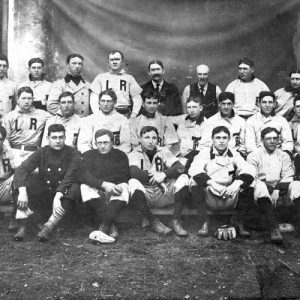 Little Rock Travelers
Little Rock Travelers
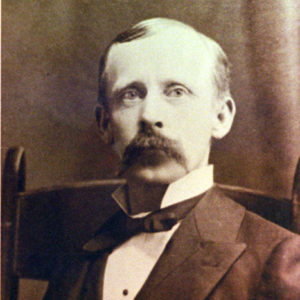 John Little
John Little
 John Little
John Little
Little, John E.
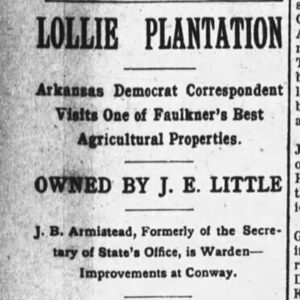 John E. Little Article
John E. Little Article
Little, John Sebastian
Littleton, Herbert
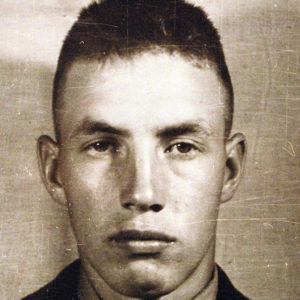 Herbert Littleton
Herbert Littleton
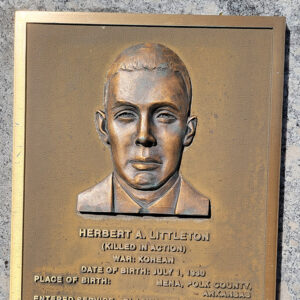 Herbert A. Littleton Plaque
Herbert A. Littleton Plaque
Living Sacrifice
 Living Sacrifice
Living Sacrifice
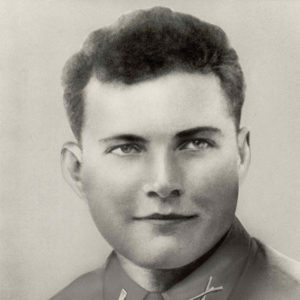 Edgar H. Lloyd
Edgar H. Lloyd
 Edgar H. Lloyd Plaque
Edgar H. Lloyd Plaque
Lloyd, Edgar Harold
Lockhart, Art
 Art Lockhart
Art Lockhart
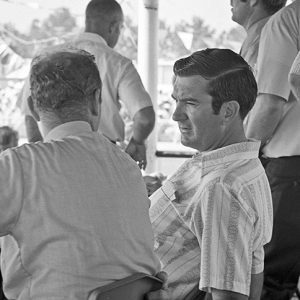 Art Lockhart
Art Lockhart
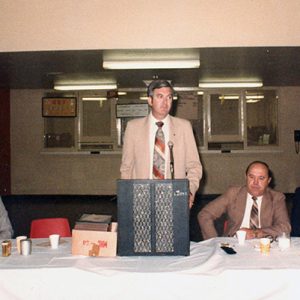 Art Lockhart
Art Lockhart
Lockhart, James Leland
 James Logan
James Logan
Logan County Lynching of 1874
aka: Sarber County Lynching of 1874
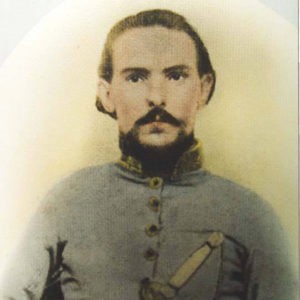 John L. Logan
John L. Logan
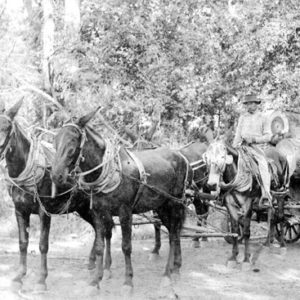 Logging in White County
Logging in White County
Lollar, John Sherman Jr.
 Sherm Lollar
Sherm Lollar
 Sherm Lollar
Sherm Lollar
 John Lomax
John Lomax
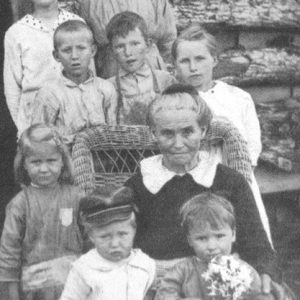 Martha Ellen Daley Long
Martha Ellen Daley Long
Long III, Dallas Cutcher
Long, Isaac Jasper
 J. Leland Longino
J. Leland Longino
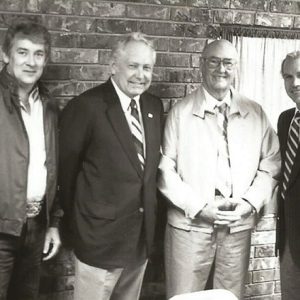 Bobby Glover, Knox Nelson, Bill Foster, Tommy Hillman
Bobby Glover, Knox Nelson, Bill Foster, Tommy Hillman
 John Gerdes Lonsdale Sr.
John Gerdes Lonsdale Sr.
 John Lonsdale
John Lonsdale
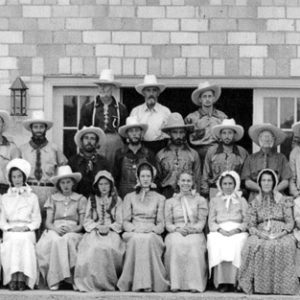 Lonsdale Pioneer Day
Lonsdale Pioneer Day
Looper, Durden William
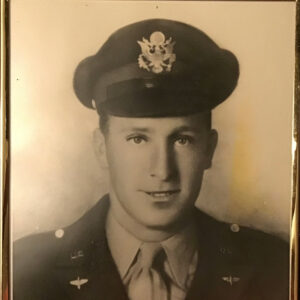 William Durden Looper
William Durden Looper




